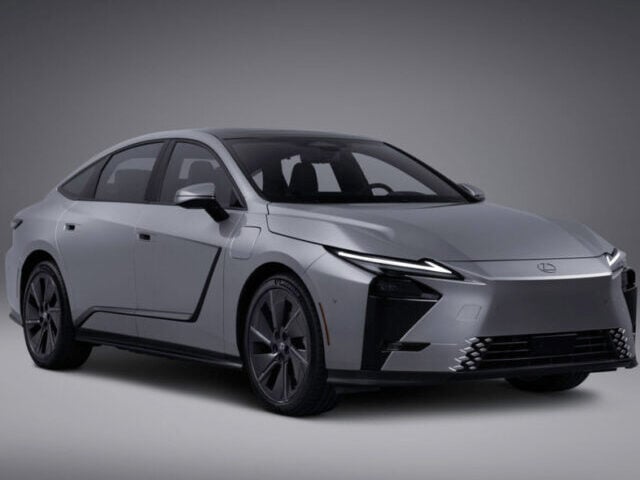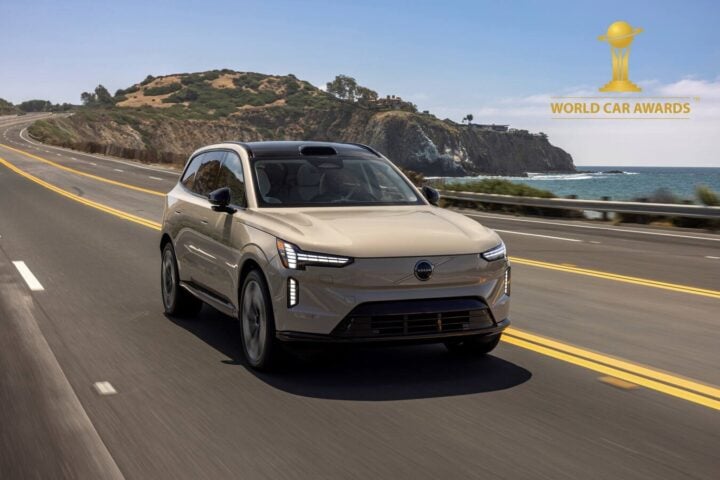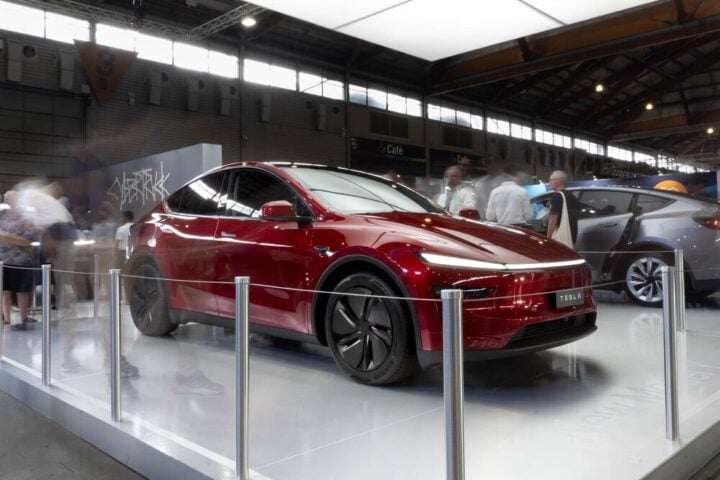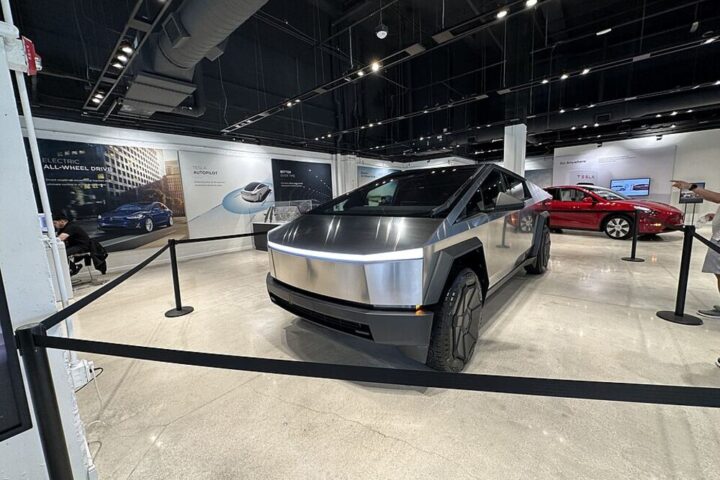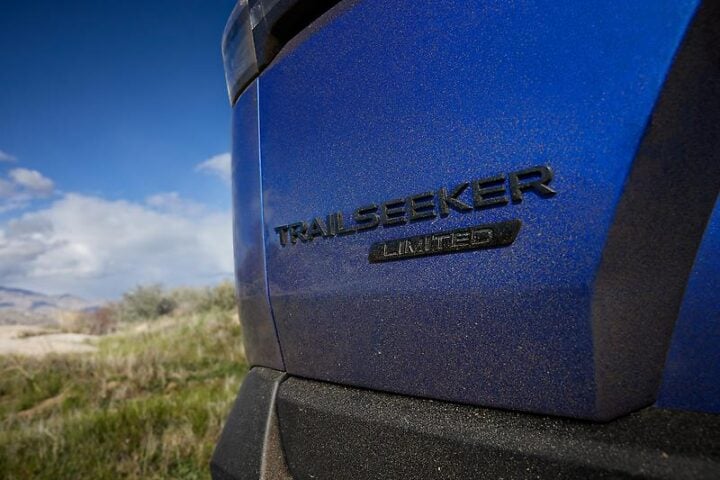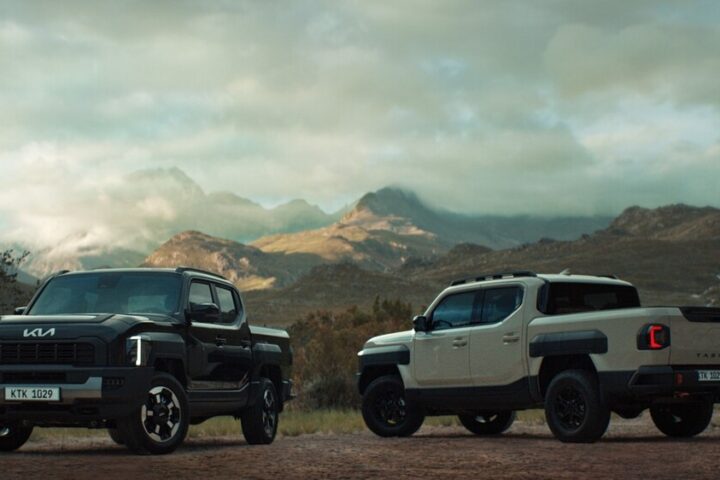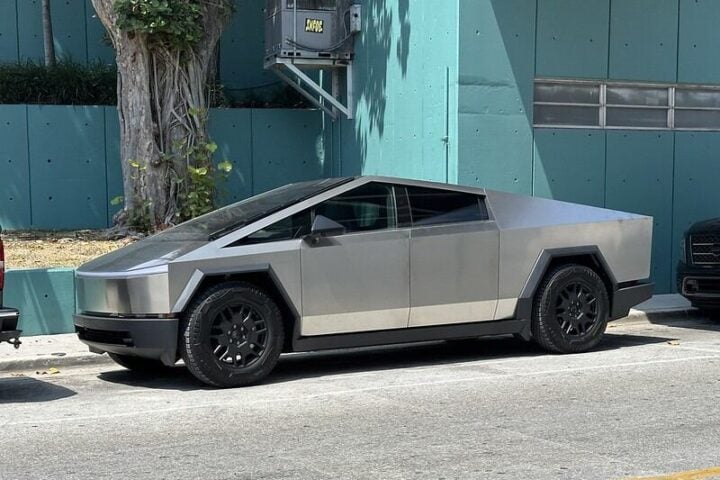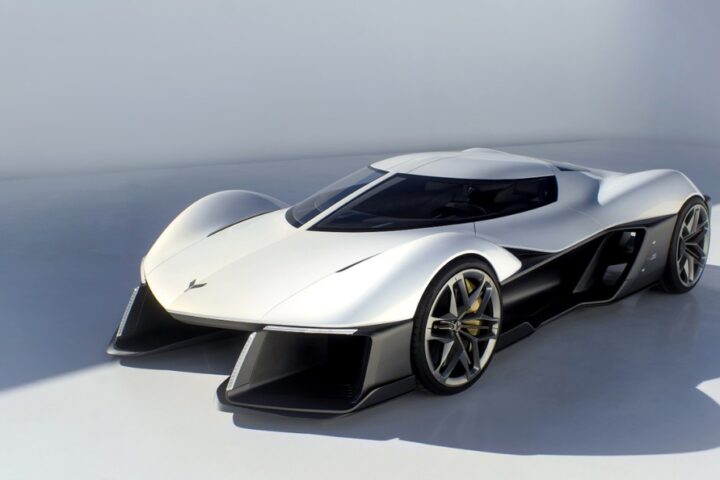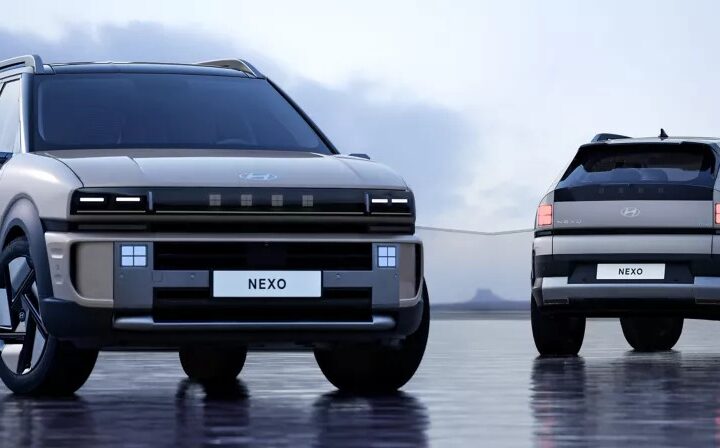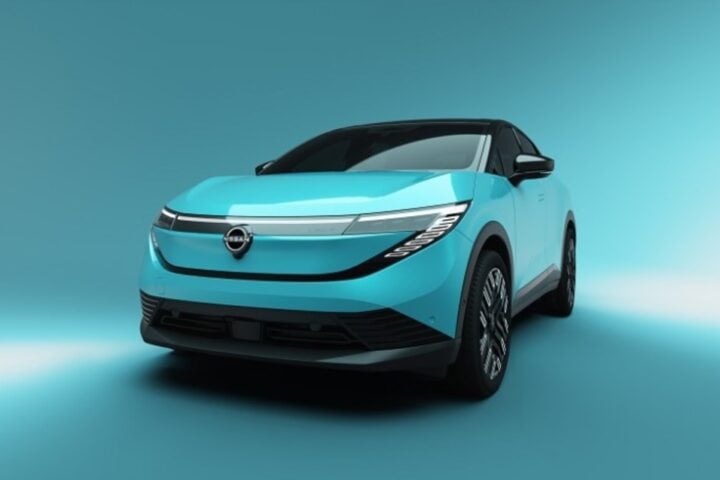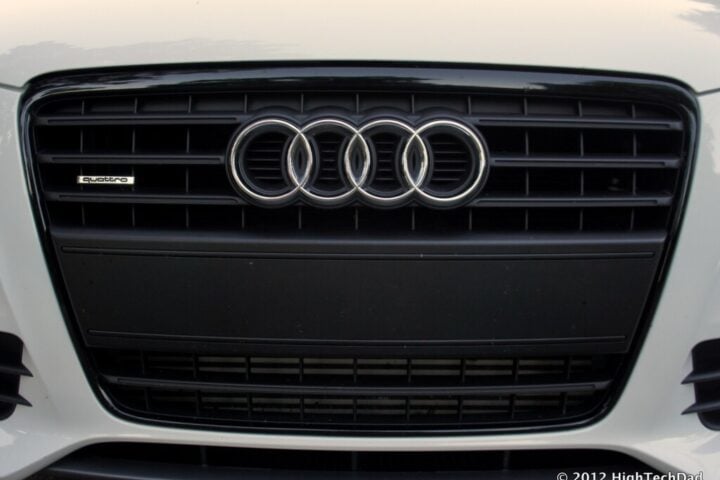A new American electric vehicle has emerged that might change how we think about affordable transportation. The Slate electric truck aims to hit the market in late 2026 with a radical approach: strip away everything unnecessary to create an EV pickup that costs under $20,000 after federal tax credits.
Back to Basics
The Slate truck takes minimalism to extremes. It comes in just one color – unpainted gray composite panels. It has manual crank windows. There’s no built-in radio, no touchscreen, and no speakers beyond what’s needed for safety alerts. Even the side mirrors require manual adjustment.
“The definition of what’s affordable is broken,” said Slate CEO Chris Barman. “Slate exists to put the power back in the hands of customers who have been ignored by the auto industry.”
This bare-bones approach isn’t just cost-cutting. It’s part of Slate’s philosophy that cars have become needlessly complicated and expensive. By eliminating paint alone, they avoid the massive expense of building and operating a paint shop – a facility that can cost manufacturers nearly $1 billion.
Build It Yourself
What makes Slate unique is its focus on customization. The company plans to offer over 100 accessories that owners can add themselves or have installed at service centers. Want to change the truck’s color? Apply a vinyl wrap. Need more seats? An accessory kit transforms the two-seater pickup into a five-seat SUV.
“We’re all about DIY,” said Jeremy Snyder, Slate’s chief commercial officer who previously worked at Tesla. “Everybody wants to be a maker, everybody wants to stand out… we’re giving the perfect platform for that.”
This approach extends to technology. Rather than a built-in infotainment system, Slate provides a universal phone mount. Buyers will use their own devices for music and apps. The company claims this avoids a major source of warranty claims.
Similar Posts
Small But Capable
At just 174.6 inches long, the Slate truck is shorter than a Honda Civic Hatchback but offers significant utility. It features:
- A 5-foot bed that can carry plywood with the tailgate down
- A 7.0 cubic-foot front trunk (“frunk”)
- 1,433 pounds of payload capacity
- 1,000 pounds of towing capacity
- Single rear motor with 201 horsepower
- 0-60 mph acceleration in approximately 8 seconds
Despite its size, Slate claims the truck will achieve top safety ratings, with features like automatic emergency braking and up to eight airbags.
Battery Options and Range
The standard Slate comes with a 52.7 kWh battery providing about 150 miles of range. For longer journeys, an optional 84.3 kWh battery pack extends this to an estimated 240 miles.
Charging options cover the basics: overnight charging on a household outlet for daily commutes or DC fast-charging to 80% in under 30 minutes using the NACS port (compatible with Tesla Superchargers).
Manufacturing and Costs
Slate’s manufacturing approach is as stripped-down as the truck itself. By eliminating paint shops, stamping machines for metal parts, and factory customization options, Slate claims it can reach profitability shortly after production begins – a rare feat for EV startups.
The truck will be built at a “reindustrialized factory” somewhere in the U.S. Midwest, with a direct-to-consumer sales model similar to Tesla’s. Reservations require just a $50 deposit.
Crucially, the sub-$20,000 price point depends on the $7,500 federal EV tax credit remaining available when deliveries begin in late 2026. Without it, the truck would cost under $28,000.
The Bezos Connection
Multiple reports indicate Jeff Bezos is backing Slate through his family office, though the company doesn’t confirm this directly. The startup was founded by former Amazon executive Jeff Wilke along with Miles Arnone, suggesting strong connections to the e-commerce giant.
Unlike Amazon’s previous EV investment in Rivian, which has struggled with profitability, Slate’s simpler approach may prove more viable in today’s challenging market.

The Big Question
Will consumers embrace such an extreme version of automotive minimalism? The Slate truck rejects many comforts modern car buyers take for granted. It’s a bold bet that enough people will trade creature comforts for affordability.
For those who do, they’ll get a customizable, American-made electric vehicle with enough range for daily driving at a price that rivals used gas-powered cars.
Slate is accepting reservations now, with first deliveries expected in late 2026.




